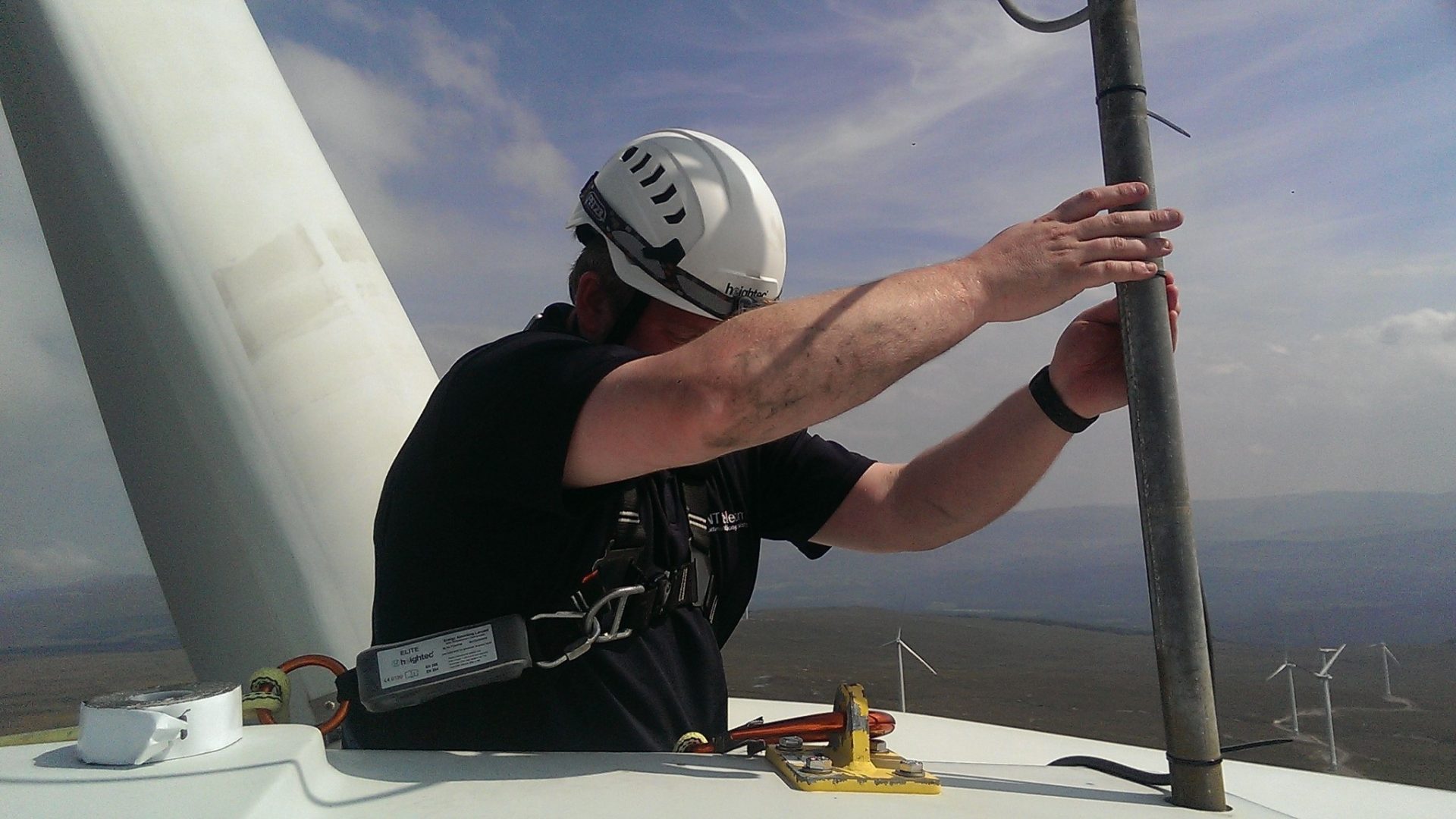Maintaining the UK’s energy infrastructure and water supply network often depends on using teams of service engineers to carry out maintenance tasks. For instance, maintenance engineers might have to perform service tasks on top of wind turbines in very remote areas – or, in the case of some water treatment facilities, navigate numerous underground tunnels and steep staircases as they do their work.

In many of these kinds of scenarios the staff – although part of wider teams – function in lone working scenarios, where their health and lives are at risk. This raises a key question about how best to protect solo workers? Chris Potts, Marketing Director, ANT Telecom explains and tells us about the important role that effective communication plays, and about how to put in place a robust supporting process.
Employers have a duty to protect staff and keep them safe
To guide utility companies and the wider related industry, the UK’s Health and Safety Executive (HSE) has compiled a useful booklet about the issue. Titled – Protecting lone workers, INDG73 – it explains how to keep lone workers healthy and safe, saying the onus is on employers to protect staff and keep them safe, by providing training, supervision, monitoring and support for lone workers. This includes views on how managers should keep in touch with lone workers, focusing on the role of communication – which is especially key if/when an accident and emergency might occur.
In critical lone worker situations, communication technology plays a vital role in enabling effective communication. It can help protect staff and ensure they can get the support they require. For a lot of incidents, lone workers can simply walk to the nearest phone in their workplace to contact their first aid team. But, if landline phones are not present, like in windfarms or outdoor plants, smartphones or radio handsets can be a simple and effective lifesaver. The problem, though, is that in many cases, some incidents can happen so quickly that people do not have the time to call for help.
This is where dual purpose communication handsets come into their own. Smartphones with lone worker apps can work perfectly where mobile reception and WIFI is good and reliable. However, if mobile reception can’t be relied on, companies should consider Digital Radio or IP DECT handsets. On the one hand these comms devices can be used daily for normal operations – and as a critical safety device when a major incident occurs. For instance, when a lone worker is hit by a falling object or falls from height and is rendered unconscious – or tumbles downstairs in an underground / remote location.
Receiving incident alerts fast saves lives
Many of today’s handsets come with integrated panic buttons and man-down sensors, providing a way to play a role in protecting staff. In some situations, these features will not be enough to solve the emergency – but just being able to raise an alert immediately almost instantly increases the awareness of the incident rapidly, providing teams with more time to deal with the problem. Similar to when a fire starts in a building – the work of tackling the fire and minimising risk to life is yet to come. In any scenario, it is important that response teams are capable of receiving the alert information quickly, and once establishing the seriousness of the incident, they have the means to collaborate with others quickly, to coordinate a response.
For instance, response teams aren’t always medically trained, so the first thing a 1st responder might do to help a colleague – who is critically ill and unresponsive – is to call the first aid team to get medically trained personnel on the scene as quickly as possible. This call may also be followed by a call to emergency services, the gatehouse – to keep access to the location of the accident open – and a colleague who can escort paramedics quickly through the building or site to access the patient.
Another key question here is about how the alarms reach the response team in the first place? This can be done via an automated platform that distributes alerts directly to the response team on their PC and/or Comms Device. There are other methods, however, an automated system provides key information – such as lone worker’s name, number and location – first hand, directly on response teams’ screens so they don’t need to jot it down. These applications also ensure alerts are accepted by a member of a team, which is then communicated, so the rest of the team know who is dealing with it. Essentially, it’s a blend of the most appropriate technology and process that protects people.
If energy infrastructure and water supply companies intend to protect lone workers and meet HSE requirements, they must ensure that they have the right technology and appropriate supporting communication processes in place to protect lone workers from when an incident occurs. Implementing this is crucial. In some cases, the difference between severe injury and /or life or death.



